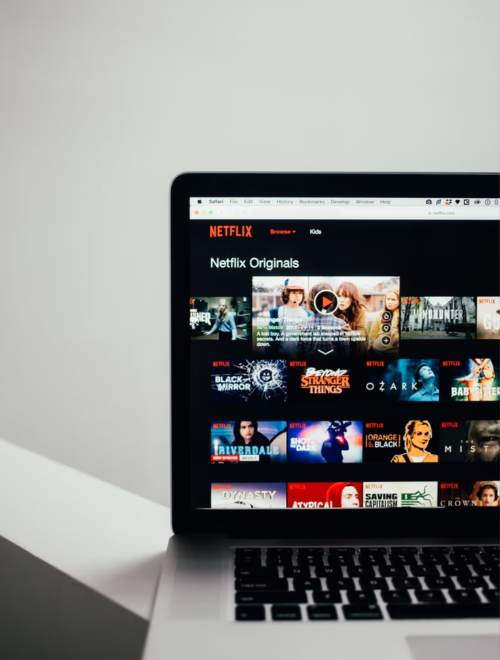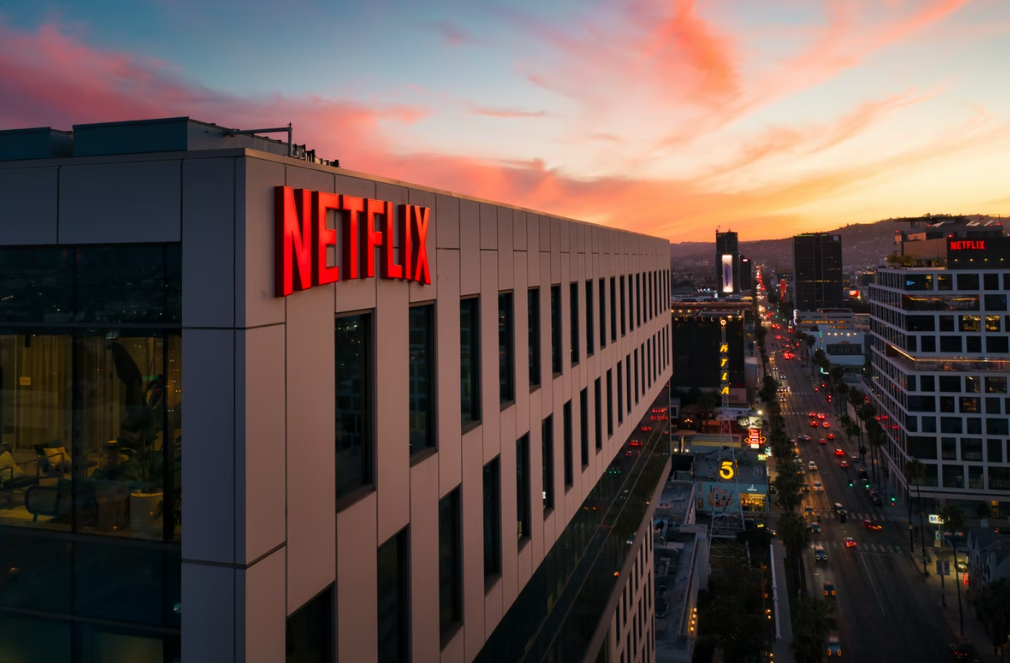Netflix has grown from a mail-order DVD service to one of the world’s leading brands. At
one point it was the cutting edge in streaming technology. On-demand television through a
broadband service seemed like a revolutionary proposition. Yet as others caught on to the
idea, Netflix began to lose its cool, content, and subscribers. So, where did it start to go
wrong?
Increased Streaming Competition
The most obvious answer to this is outside competition. Disney + recently opened its service
and has been the biggest competitor. Combining low-cost opening fees with their vast back
catalog, many people made the switch during Disney’s opening days. When added to other
offerings from HBO, Amazon, and even UK television channels, Netflix has lost a
large share of the pie.
Intellectual property is another issue. Disney has a wide range to draw on, from its classic
characters to franchises like Star Wars. Not only is Netflix having to compete with content,
but it is also actively losing long-standing franchises to competition. As other services open,
they claim back their property for their channels.
The Marvel franchise is a great example, which enjoyed several successful series on Netflix
before moving back to Disney for the launch of their new channel. While it is pushing its
creations, particularly Stranger Things after this the field seems quite empty.
Competition From Other Industries

Another factor can be attributed to the growth in the casual gaming market, which is also
vying for consumer attention. Downloads for mobile games have been increasing steadily
since 2015. During the global pandemic, they rose around 25%. With many of them being
free forms of entertainment, they divert more attention away from Netflix.
This, in turn, has been spurred on by growth in the iGaming sector. The industry is booming,
attracting casual gamers who want to try their luck in slots, casino classics, and bingo. Many
of these sites have a clever marketing plan to bring in customers. Not only do they offer
welcome bonuses and free gaming, but sites like Buzz Bingo mix famous games like
Rainbow Riches Slots with licensed properties such as Cluedo and Jurassic Park in their
gaming. Many of these also have multiple entries in their gaming series, capitalizing on the
popularity of licensed property. All of this works to draw in customers with great incentives,
and then retain them with much-loved franchises. This is something Netflix once did
brilliantly with its opening trials and mix of diverse programming but is now failing to
deliver on both fronts.
None of this has been lost on Netflix. They have already started to introduce casual games to
their subscribers, starting with a batch of five games available to download for mobile users.
With the acquisition of three gaming studios coming under Netflix ownership in six months,
it shows they are poised to make a serious move.
External and Internal Economic Changes
One glaring factor was the price hikes for the service. Changed in January 2022, Netflix
themselves claimed that 600,000 subscribers had decided to cancel instead of paying
increased prices. Growth had also begun to slow considerably due to password sharing at this
point with Netflix admitting that 30 million people use the service with someone else’s
password. Statements saying they would clamp down on password sharing may have buoyed
investor confidence, but it did little to invigorate subscriptions.
Add to this the current global situation and Netflix has not had a good time at all. With a
recession looming, many people are beginning to tighten their purse strings and Netflix may
not be doing enough to make the cut.
However, Netflix is not going down without a fight. It has recently discussed plans to launch
an ad-based service, providing a low-cost subscription to users. With its forays into gaming
coming, only time will tell if it works out for the streaming giant.
